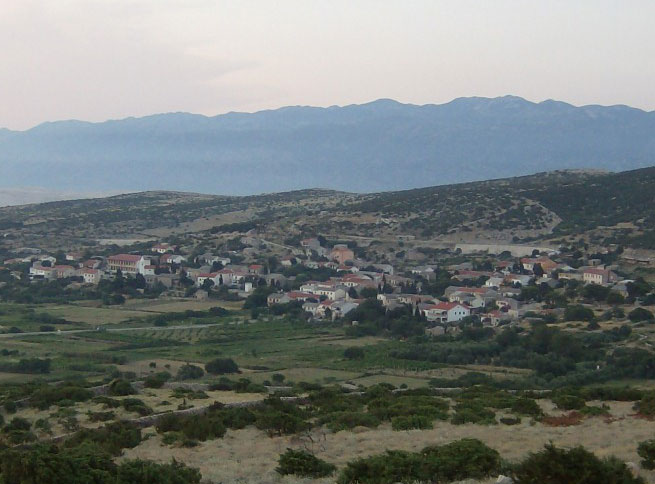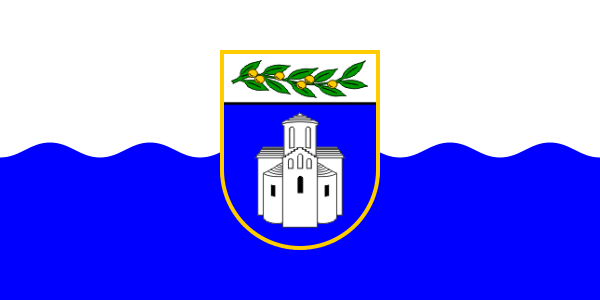|
Kolan
Kolan is a settlement and municipality in Zadar County, Croatia. According to 2011 census information, there are 791 inhabitants in Kolan. It was established in 2003 by separation from the town of Pag. References External linksTourist board Kolan Municipalities of Croatia Populated places in Zadar County Pag (island) {{Zadar-geo-stub ... [...More Info...] [...Related Items...] OR: [Wikipedia] [Google] [Baidu] |
Zadar County
Zadar County ( hr, Zadarska županija ) is a county in Croatia, it encompasses northern Dalmatia and southeastern Lika. Its seat is the city of Zadar. Geography Among the largest towns in the county of Zadar are: Zadar, Benkovac, Bibinje, Biograd, Nin, Obrovac and Pag. The county of Zadar includes the islands of Dugi otok, Ugljan, Pašman, Molat, Lavdara, Zverinac, Vir and most of Pag, as well as a number of other, smaller islands. It also features the Paklenica national park. The county's area is 7,854 km2, 3,646 km2 is land, which accounts for 6.4% of the territory of Croatia. The sea area of the county is 3,632 km2 (around 12% of the territorial waters) and the insular area is 580 km2, with more than 300 smaller and larger islands ( Zadar Archipelago). The length of its coastline (including the islands) is 1,300 km. Administrative division Zadar County is divided into: * City ** Zadar * Towns ** Benkovac ** Biograd na Moru ** Nin * ... [...More Info...] [...Related Items...] OR: [Wikipedia] [Google] [Baidu] |
Municipalities Of Croatia
Municipalities in Croatia ( hr, općina; plural: ''općine'') are the second-lowest administrative unit of government in the country, and along with cities and towns (''grad'', plural: ''gradovi'') they form the second level of administrative subdisivion, after counties. Though equal in powers and administrative bodies, municipalities and towns differ in that municipalities are usually more likely to consist of a collection of villages in rural or suburban areas, whereas towns are more likely to cover urbanised areas. Croatian law defines municipalities as local self-government units which are established, in an area where several inhabited settlements represent a natural, economic and social entity, related to one other by the common interests of the area's population. As of 2017, the 21 counties of Croatia are subdivided into 128 towns and 428 municipalities. Tasks and organization Municipalities, within their self-governing scope of activities, perform the tasks of local ... [...More Info...] [...Related Items...] OR: [Wikipedia] [Google] [Baidu] |
Pag (town)
Pag ( it, Pago, german: Baag) is the largest town on the island of Pag, with a population of 2,343 (2021) in the urban core and 3,178 in the entire municipality. History Medieval Pag emerged near the salterns where the abandoned Old Town used to be, south of the present location. According to historical documents, the name Pag was mentioned for the first time in the 10th century. In 976, the Croatian king Stjepan Držislav took Pag from the Byzantine authority and appointed a Croatian district Prefect as the administrator of the town. In 1102, the Croatians voluntary formed a union with Hungary under King Coloman, as they had a succession crisis after the death of Demetrius Zvonimir. Hungary did agree to maintain the Croatian nobility, with the Sabor (Council of Croatian nobles) and a ban (Croat viceroy). In 1244 Hungarian king Béla IV granted Pag the status of a free royal town. After the rebellion against Zadar, Pag obtained partial autonomy, and Ludovic I acknowle ... [...More Info...] [...Related Items...] OR: [Wikipedia] [Google] [Baidu] |
Populated Places In Zadar County
Population typically refers to the number of people in a single area, whether it be a city or town, region, country, continent, or the world. Governments typically quantify the size of the resident population within their jurisdiction using a census, a process of collecting, analysing, compiling, and publishing data regarding a population. Perspectives of various disciplines Social sciences In sociology and population geography, population refers to a group of human beings with some predefined criterion in common, such as location, race, ethnicity, nationality, or religion. Demography is a social science which entails the statistical study of populations. Ecology In ecology, a population is a group of organisms of the same species who inhabit the same particular geographical area and are capable of interbreeding. The area of a sexual population is the area where inter-breeding is possible between any pair within the area and more probable than cross-breeding with ind ... [...More Info...] [...Related Items...] OR: [Wikipedia] [Google] [Baidu] |



